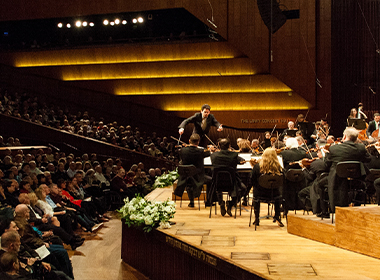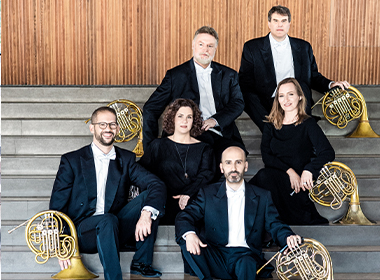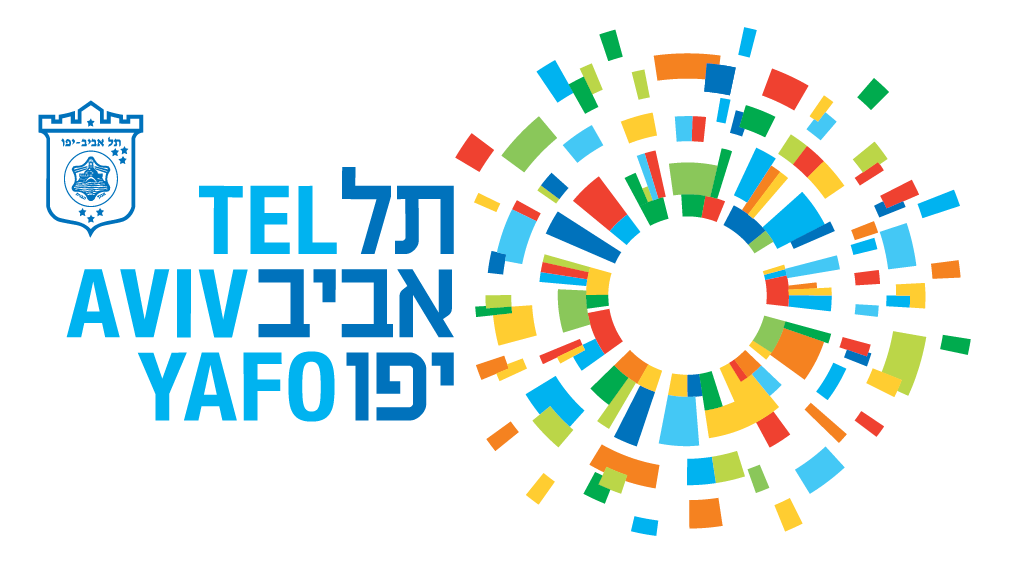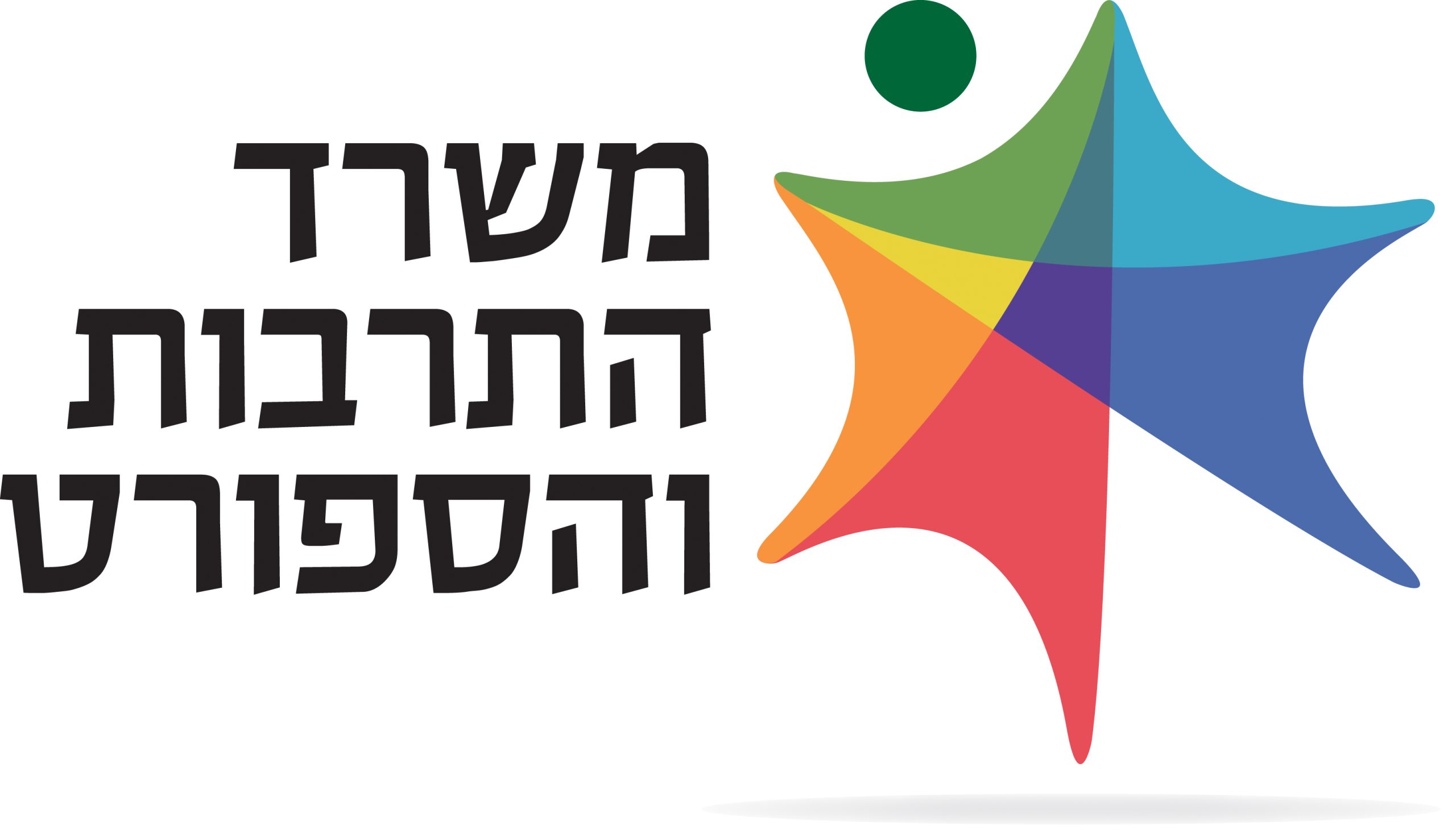The young Italian conductor, Andrea Battistoni, a rising star in the international music scene, will be returning to the IPO, for concerts with mezzo-soprano Sophie Koch, who regularly appears in the world’s major opera houses, giving her IPO debut.
Dvořák: Symphony no. 8
Dvořák’s G major Symphony, composed in 1889, gained immense success since its premiere on 2 February 1890. Dvořák himself conducted the premiere in Prague, following which it was performed in London and Frankfurt, to the joy of contemporary music lovers at the time. Dvořák humorously wrote of one of the first performances of the work, which took place upon receiving an honorary doctorate from Cambridge University: “All that ceremony and all those doctors! Everyone looked so serious and it seemed as if no one knew any other language except Latin!” Well, that group of Cambridge intellectuals, like the cheering audience at the 1893 Bohemian Fair in Chicago, received the work and the composer enthusiastically. This symphony (which was known during Dvořák’s life as Symphony no. 4 – a long story for another time and place) was written while Dvořák resided in the pastoral town of Vysoka, was dedicated to the members of the Academy of Science and Arts in Prague (who got the hint and appointed the composer as member two months after the premiere), and is known as the breaking point of the relationship between Dvořák and his publisher, Simrock. The reason for this was, naturally, money. Simrock offered Dvořák an insulting advance payment of 1,000 marks (whereas he received for his previous symphony triple that amount), so the offended composer took the work to the Novello publishing house in London. The loss was Simrock’s, since the Eighth is one of Dvořák’s most frequently performed works. Perhaps due to its melodic charm, or its brilliant orchestration, which gives the entire orchestra (from first flute to the low brass) an opportunity to demonstrate their abilities in the Finale, or perhaps because at a time of innovation and adoration of drama (one must remember that the young Dvořák was a violist in the orchestra conducted by Richard Wagner), this symphony was the most direct Dvořákian expression and a fresh breeze for music lovers and performers.
Berlioz: Les nuits d’été
The first version of Les nuits d’été song cycle, to texts by Théophile Gautier, was composed by Berlioz in 1840-41. The songs (for soprano or tenor and piano) were later orchestrated: the fourth song of the cycle, Absence, was orchestrated in 1843 and the other five songs in 1856. Berlioz did not live to hear the orchestrated songs. Very little is known of the circumstances of the work’s composition. One can assume that his friendship with Gautier was a certain catalyst for writing the work, or perhaps it was the stormy relationship that the composer had with his friend, occasional musical partner and later his second wife, Marie Recio. In the spirit of the time, the illustrative text enabled Berlioz to construct emotional worlds full of charm (in the first song, Villanelle), beauty (in the second song, Le Spectre de la Rose), sorrow (in the songs Absence and Sur les Lagunes) and pensiveness (in the final song, L’île inconnue). When first published (in the version for voice and piano), the composer gave them a slightly awkward title: “Les nuits d‘été (Summer Nights)—an anthology of pieces about love and desire, and, above all, longing”. Berlioz’s name is not necessarily associated with the art song genre, but many of his fifty songs for voice and piano demonstrate his ability to write beautiful melodies. The orchestrated version of Les nuits d’été also shows how Berlioz uses orchestration for expressive needs. Perhaps the most prominent example of this is the second song (Le Spectre de la Rose): the long opening is played with elaborate sonorities (of flute and clarinet), while the cellos play a series of expressive ascending lines. For a moment we are unsure whether the composer is leading us on a real or false journey. The fact that throughout this song, Berlioz gives the arpeggios to the viola section, and only when the word “Paradise” ends, does the harp play an F-sharp minor dreamy arpeggio, shows that alongside the “bombastic” Berlioz, who knew “what to do” with giant orchestras and large ensembles, there was also a refined, gentle, precise and expressive Berlioz.
Liszt: Hungarian Rhapsody no. 2
Franz Liszt was the contemporaneous equivalent to today’s Rock star. The adoration of him and his music crossed the boundaries of genre. He was charismatic, brilliant and aware of the power of the visual component in performance, as well as being an incredibly virtuosic pianist. However, Liszt was not a superficial composer, he was inquisitive and studious, and probably had an inconceivable amount of energy. Apart from the concert tours he held and the many works he wrote, he researched, collected and notated gypsy music. He published a 450-page book entitled “Music of the Hungarian Gypsies”, and over the years wrote a number of works named “Hungarian Rhapsody”, all originally for piano, all highly popular and some of which were orchestrated by the composer in collaboration with Franz Doppler. These works have a conquering melodic component and brilliant orchestration. Interestingly, something of these works’ DNA (or perhaps the folkloristic spirit in general) crosses generations and continents, and proof of this is that in 1946 this Rhapsody starred in animated films by two rival studios: Rhapsody Rabbit by Warner Bros. and The Cat Concerto by MGM, which received that year’s Academy Award for Best Animated Short Film.








 Back to top
Back to top





